 |
 |
|||
 |
 |
 |
 |
 |
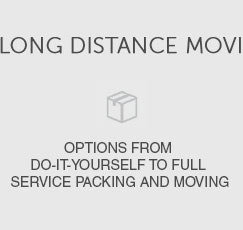 |
 |
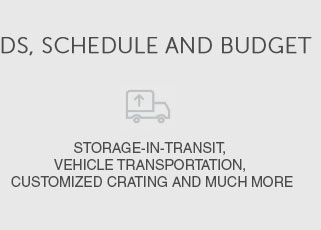 |
 |
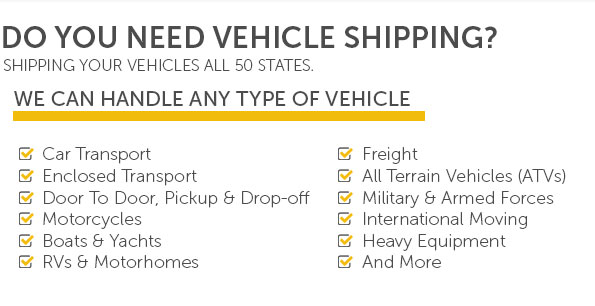 |
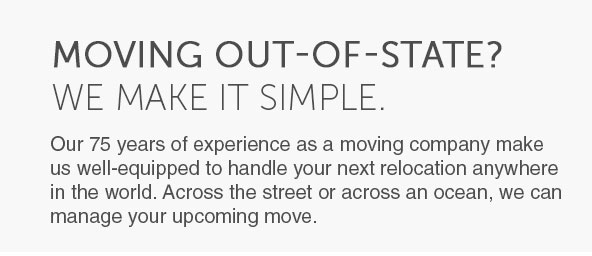 |
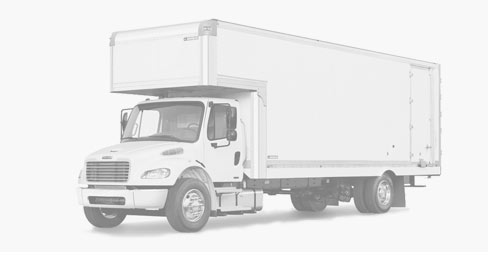 |
moving service prices: what to expect and how to compareWhat drives the costMoving service prices reflect more than miles and boxes. Companies weigh home size, access issues, seasonality, and liability. Expect higher quotes for stairs, long carries, or tight elevators. Insurance levels and packing labor shift totals, too. Local moves often use hourly rates, while long-distance work leans on weight or volume.
Pros and cons of pricing stylesFixed-rate bids offer certainty, great for strict budgets and complex routes, but buffers for risk can make them pricier. Hourly pricing is transparent and fair when scope is clear, yet overruns from traffic or slow elevators can sting. Ask for a not-to-exceed cap, and clarify what’s excluded-parking fees, tolls, or disposal.
Balancing cost with reliability beats chasing the cheapest truck. The right mover protects your time, your back, and your stuff. https://www.ramseysolutions.com/real-estate/how-much-does-it-cost-to-move?srsltid=AfmBOoq8NbgcJdL9uWOXRgfkSqxj4aR50tPIxKdxV1yLDNPXtMihxrDH
If you're moving a three-bedroom house, the average cost for full-service movers ranges from $2,300 to $10,000 or more. ... But full-service ... https://nelsonwesterberg.com/blog/how-much-is-a-moving-service/
One-bedroom home: $1,500 to $3,500; Two-bedroom home: Approximately $4,300 for moves over 1,000 miles; Three-bedroom home ... https://www.movingconnections.com/moving-estimates-cost-calculator/
On average, hiring professional movers for a local move will cost ...
|